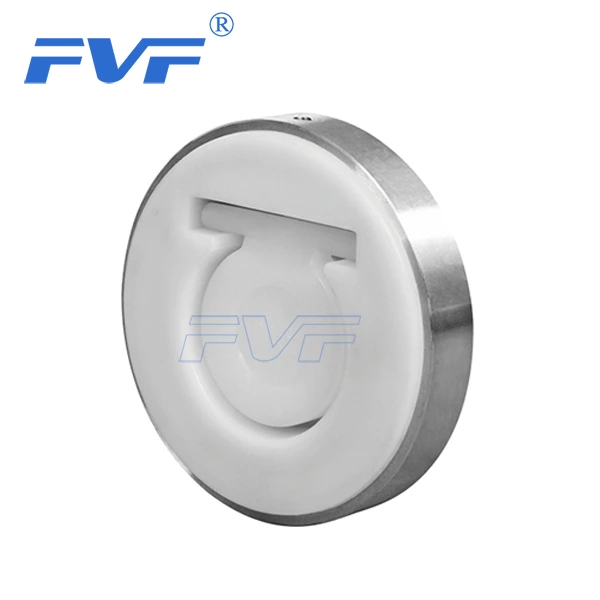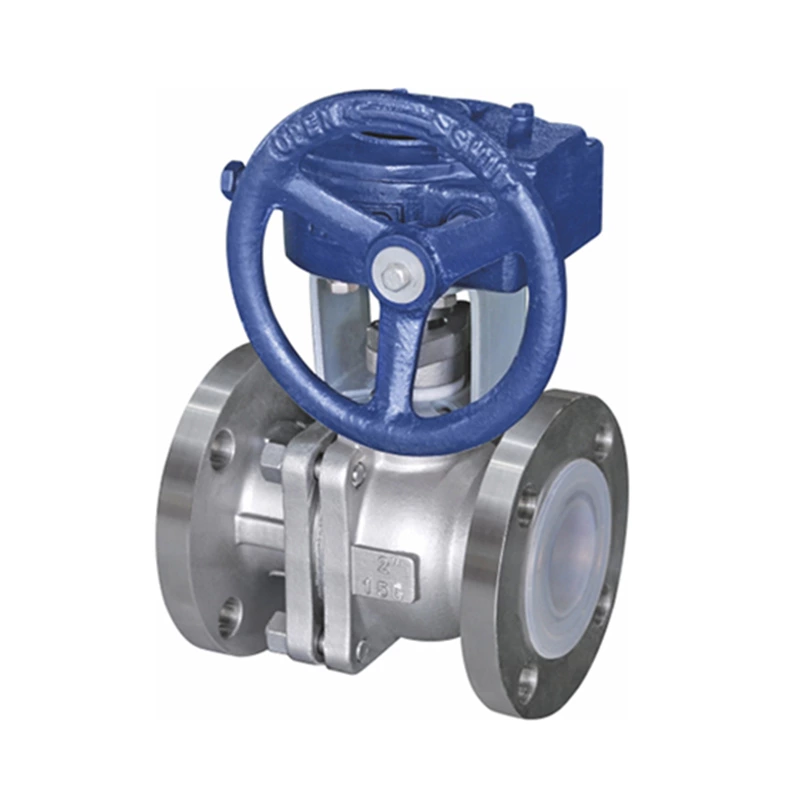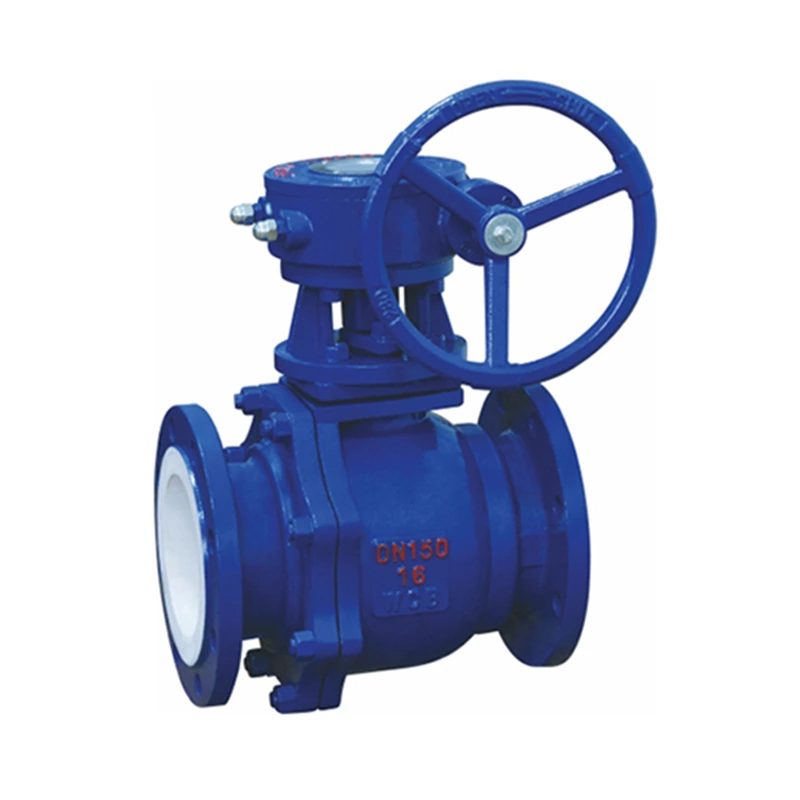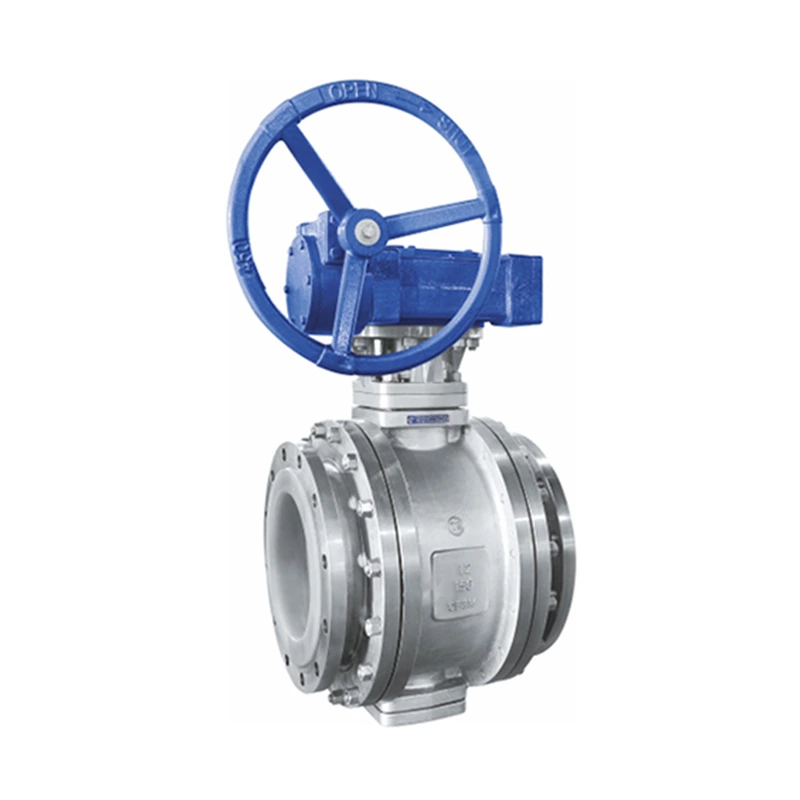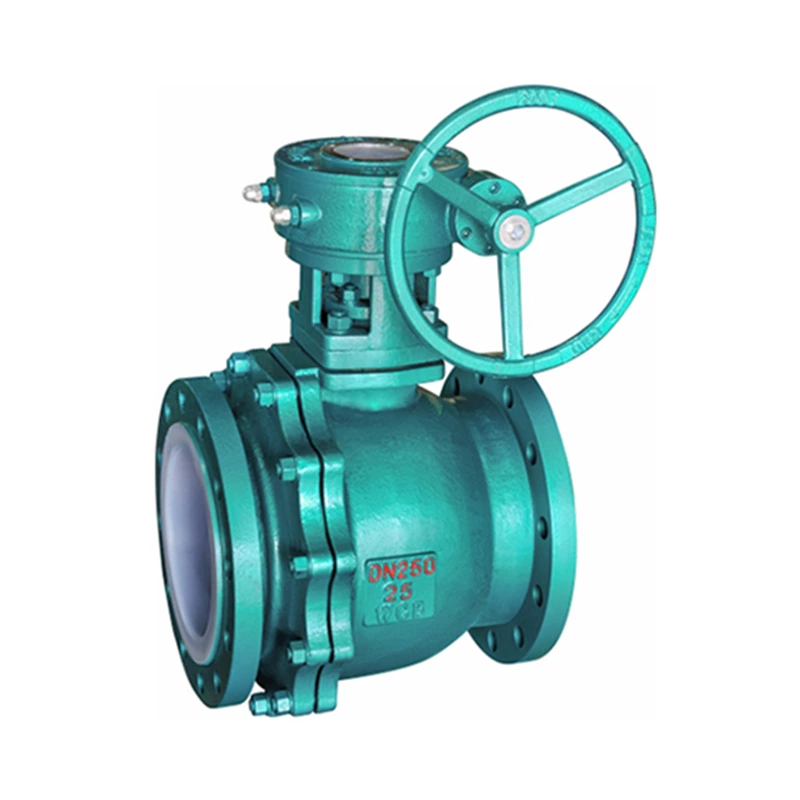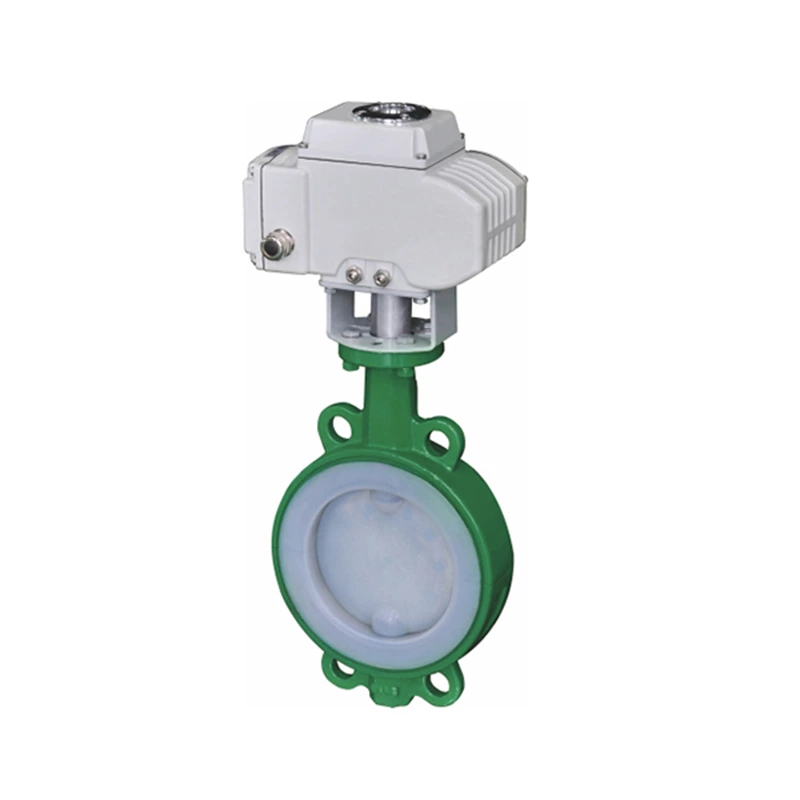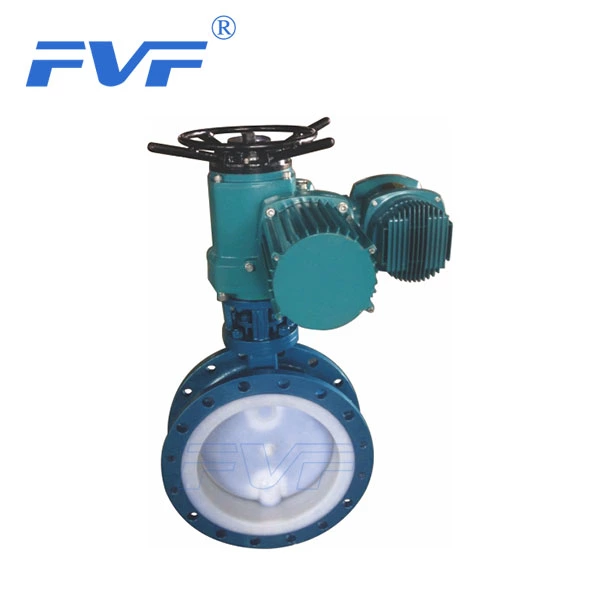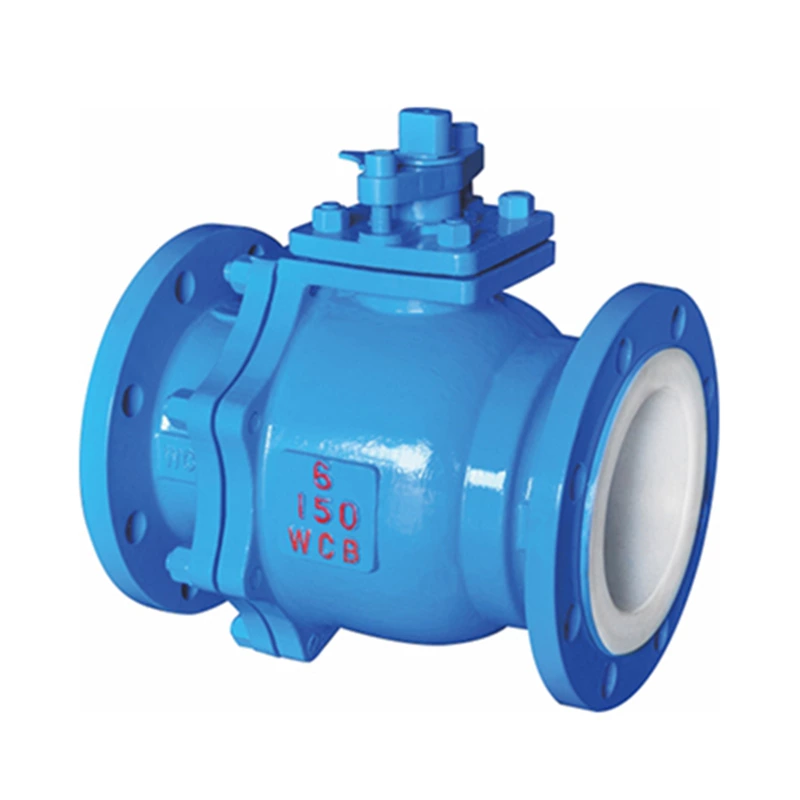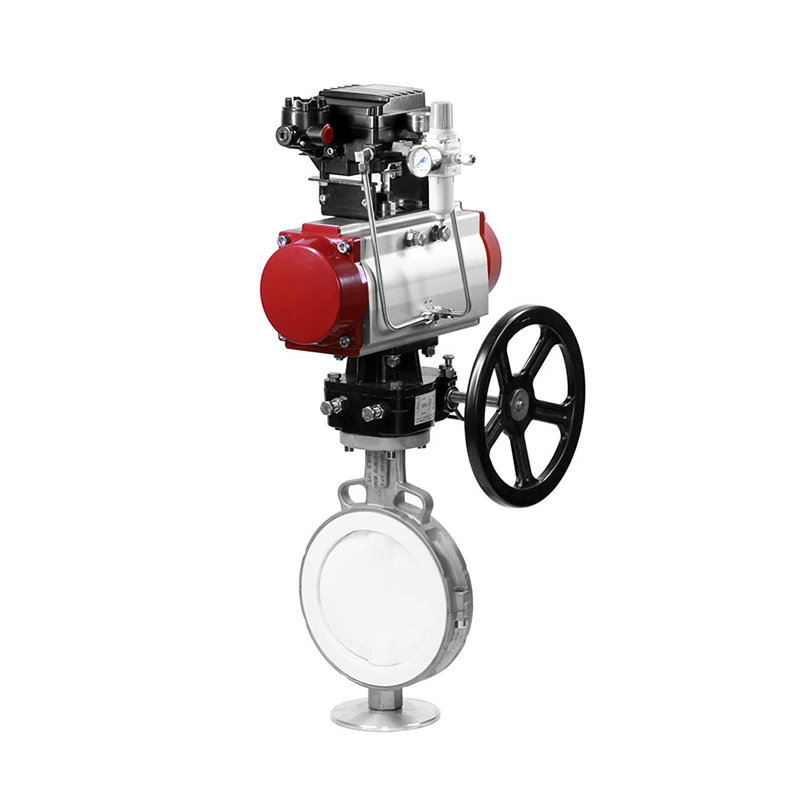Selection And Construction Points Of Fluorine-lined Check Valve
Tips for selecting Lined Check Valve:
1. Fluorine ptfe lined check valve are generally suitable for clean media, not for media containing solid particles and with a certain viscosity.
2. For low-pressure fluorine pfa lined check valve with a diameter of DN below 50mm, butterfly check valves, vertical lift check valves and diaphragm check valves are recommended; for low-pressure check valves with a DN greater than 200mm and less than 1200mm, wear-free ball return valves should be used; for low-pressure check valves with a DN greater than 50mm and less than 2000mm, butterfly check valves and diaphragm check valves should be used.
3. Diaphragm check valves are not easy to form water hammer when installed in pipelines. The diaphragm can be a good way to eliminate the impact of upstream media, but it is limited by temperature and pressure and is generally used for low-temperature or normal-temperature pipelines.
4. If the water hammer impact is relatively small or there is no water hitting the pipeline, slow-closing rotary opening and closing check valves and slow-closing check valves should be used.
Key points for the construction and installation of fluorine teflon lined check valve:
1. The installation position, height, and inlet and outlet directions must meet the design requirements. Note that the direction of the medium flow should be consistent with the direction of the arrow on the valve body, and the connection should be firm and tight.
2. The appearance of the valve must be inspected before installation, and the valve plate should meet the requirements of the current national standards.
3. If it is a large fluorine ptfe lined ball check valve, it should be supported independently so that it is not affected by the pressure generated by the pipeline.
